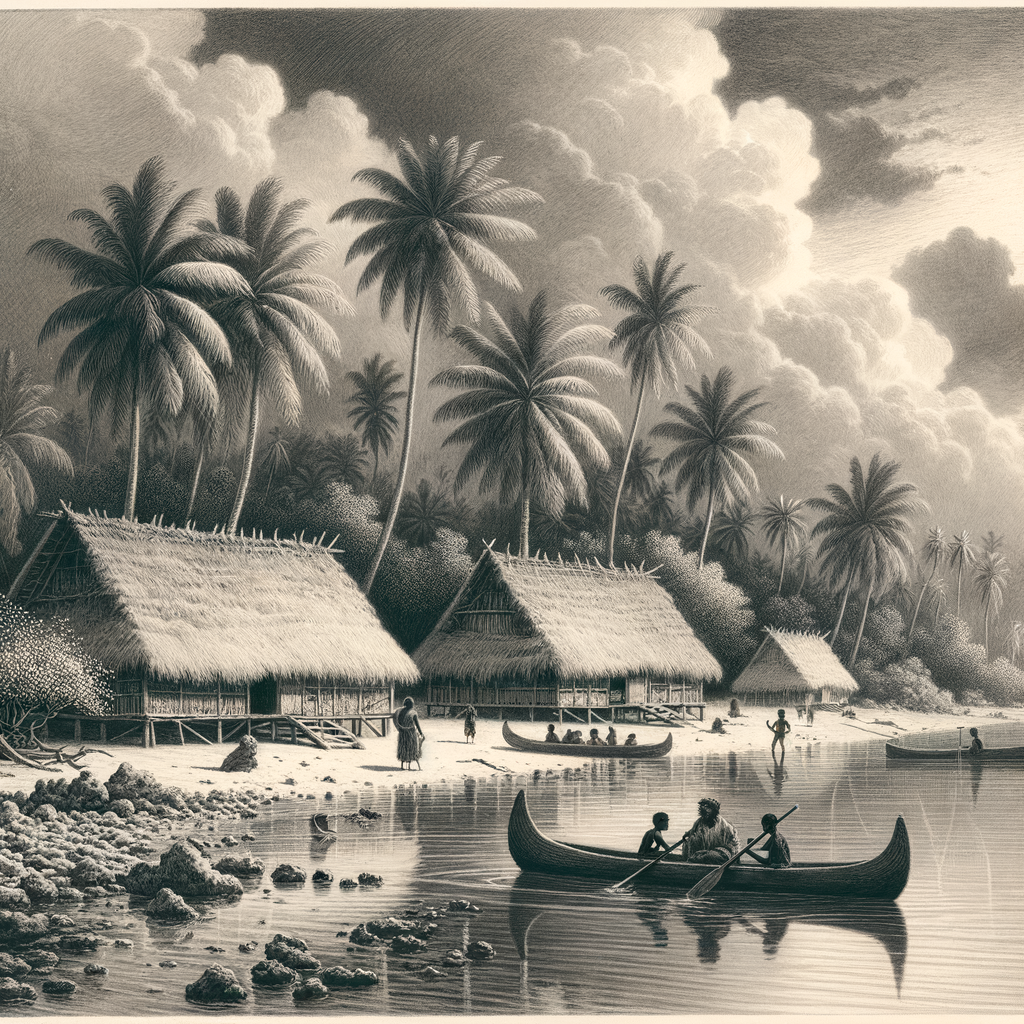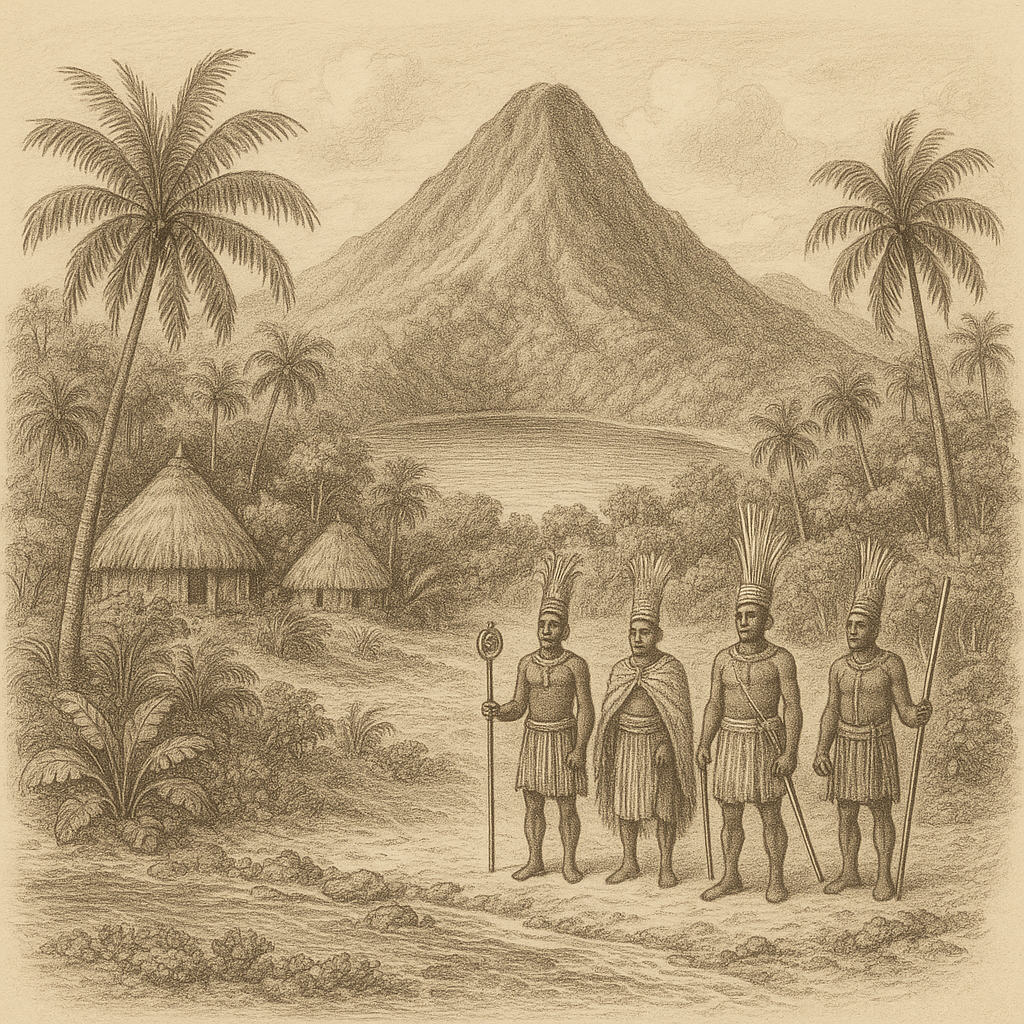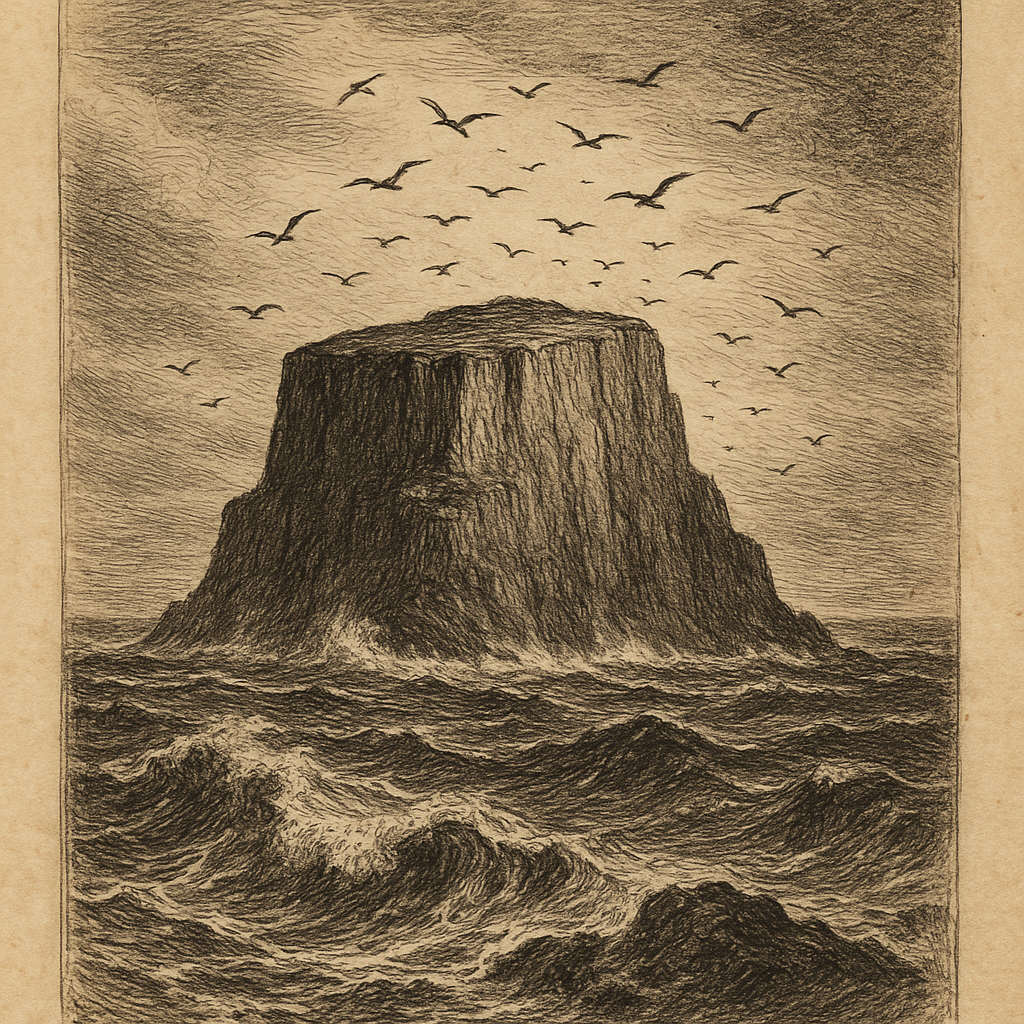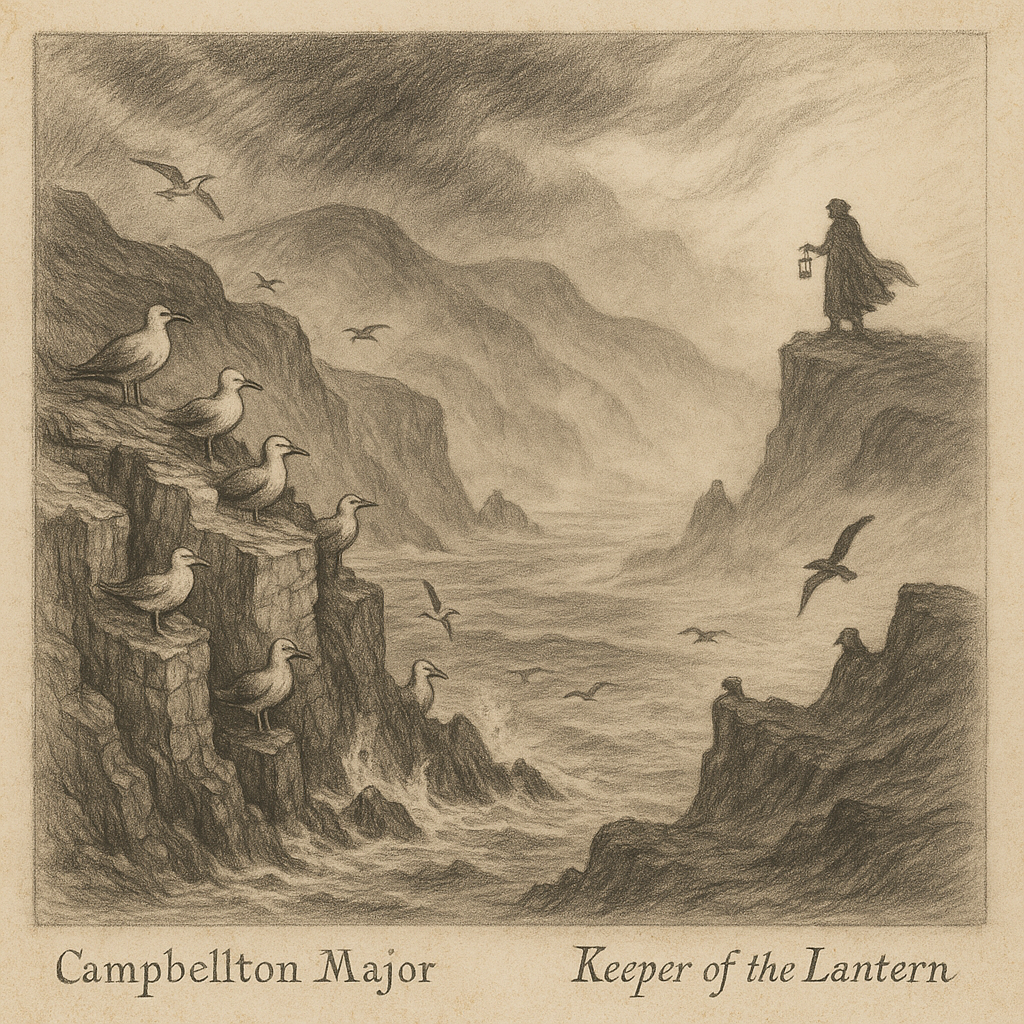Takuu Island: A Vanishing Paradise in the South Pacific
Takuu Island, also known as Mortlock Island, is a remote atoll located in the South Pacific Ocean, situated about 250 kilometers northeast of Bougainville in Papua New Guinea. This isolated coral atoll is not only unique in its physical characteristics, but it is also a place of immense cultural and environmental significance. With its low-lying terrain and rich Polynesian heritage, Takuu represents both the beauty and the vulnerability of life on a Pacific island.
Geographic Location and Geology
Takuu is part of the Autonomous Region of Bougainville and sits well within the Coral Sea. As an atoll, Takuu is made up of a ring of coral islets encircling a central lagoon. There are around 13 islets forming the atoll, with the main inhabited islet also called Takuu.
Unlike volcanic islands like the Kermadecs, Takuu is of coral origin, formed by the accumulation of calcium carbonate skeletal remains of marine organisms over millennia. The atoll’s formation is typical of many low-lying islands in the Pacific that rest just a few meters above sea level. This geographical trait makes them extremely vulnerable to climate change and rising sea levels.
Climate and Environmental Challenges
Takuu Island has a tropical maritime climate characterized by warm temperatures and high humidity throughout the year. It receives abundant rainfall, particularly between November and April, which helps support local subsistence agriculture and water collection from rooftops.
However, Takuu is on the frontline of climate change. The island has experienced significant coastal erosion due to rising sea levels, intensified storm surges, and changes in ocean currents. Saltwater intrusion has also impacted agriculture by contaminating taro pits—the islanders’ primary food source. In recent decades, several families have permanently migrated to mainland Bougainville due to these environmental pressures.
Culture and Way of Life
Takuu is one of the few Polynesian outliers in the region, meaning it is culturally Polynesian despite being surrounded by Melanesian territories. The people of Takuu speak Takuu, a Polynesian language similar to Maori and Hawaiian, and they maintain traditional customs, music, and communal living practices.
The islanders practice a subsistence economy based around fishing, home gardening, and harvesting coconut and breadfruit. Social structure is tightly knit, and the community places strong emphasis on customary laws and shared responsibilities. Celebrations involving dance, singing, and storytelling remain central to their cultural identity, and outsiders are rarely permitted to stay long on the island, preserving its unique heritage.
Biodiversity and Natural Environment
Takuu’s enclosed lagoon and surrounding waters are home to a rich array of marine life, including reef fish, sea cucumbers, and shellfish. Local fishing practices rely on traditional knowledge passed down over generations. The coral reefs surrounding the island not only provide a food source but also serve as a natural barrier against wave action.
Vegetation is primarily composed of coconut palms and pandanus, with other flora adapted to the salty, sandy soil. The island does not have native mammals, but seabirds and reptiles are common. Migratory birds occasionally visit, and the surrounding waters are an important habitat for marine turtles.
Interesting Facts about Takuu Island
– Takuu is considered one of the most culturally intact Polynesian societies outside of traditional Polynesian regions.
– The community does not permit the use of motorized boats within the lagoon, relying instead on paddling traditional canoes called vaka.
– Electricity is limited, and most households utilize solar panels for basic lighting needs.
– Communication with the outside world is limited, primarily occurring via radio and occasional satellite internet.
– The island gained international attention through the documentary “There Once Was an Island” (2010), which focuses on the community’s struggle against climate change.
Legends and Mythology of Takuu
Local mythology plays a vital role in maintaining the island’s cultural cohesion. According to one legend, the atoll was created by the great navigator Tefolaha, who arrived on the back of a giant turtle. Tefolaha is believed to have brought knowledge of navigation, fishing, and agriculture to the people, and his descendants are considered the spiritual guardians of the island.
Another tale tells of the “Whispering Reef,” an area in the lagoon where seafarers claim to hear ancestral voices during certain moon phases. These whispers are thought to guide fishermen away from danger or lead them to rich fishing spots. Such stories continue to be shared among the elders and are taught to children as moral and spiritual lessons about the relationship between people, the sea, and the unseen forces of nature.
Access and Future of the Island
Reaching Takuu is not easy. The island can only be accessed by boat from Buka or Bougainville, and the journey is long and weather-dependent, often taking upwards of 24 hours. Moreover, routine sea travel is hampered by the lack of a regular shipping service, making transport of goods and medical supplies unreliable.
With rising seas and gradually worsening living conditions, Takuu’s future remains uncertain. Several research teams have visited the island to study climate impacts, and migration continues to be discussed as a long-term adaptation strategy by the community. Efforts to document the language and traditions are ongoing, seeking to preserve this unique culture for future generations.
Conclusion
Takuu Island stands as a testament to human resilience and cultural richness amidst environmental adversity. While it remains one of the South Pacific’s most distinctive islands culturally and geographically, it is increasingly vulnerable. As climate change continues to reshape our planet’s coastlines, Takuu’s story reminds the world of the urgent need to listen to remote communities—those who often face the first and worst consequences of global issues. Whether through migration or revitalization efforts, the fate of Takuu remains deeply tied to the global community’s response to climate change and the preservation of cultural heritage.



